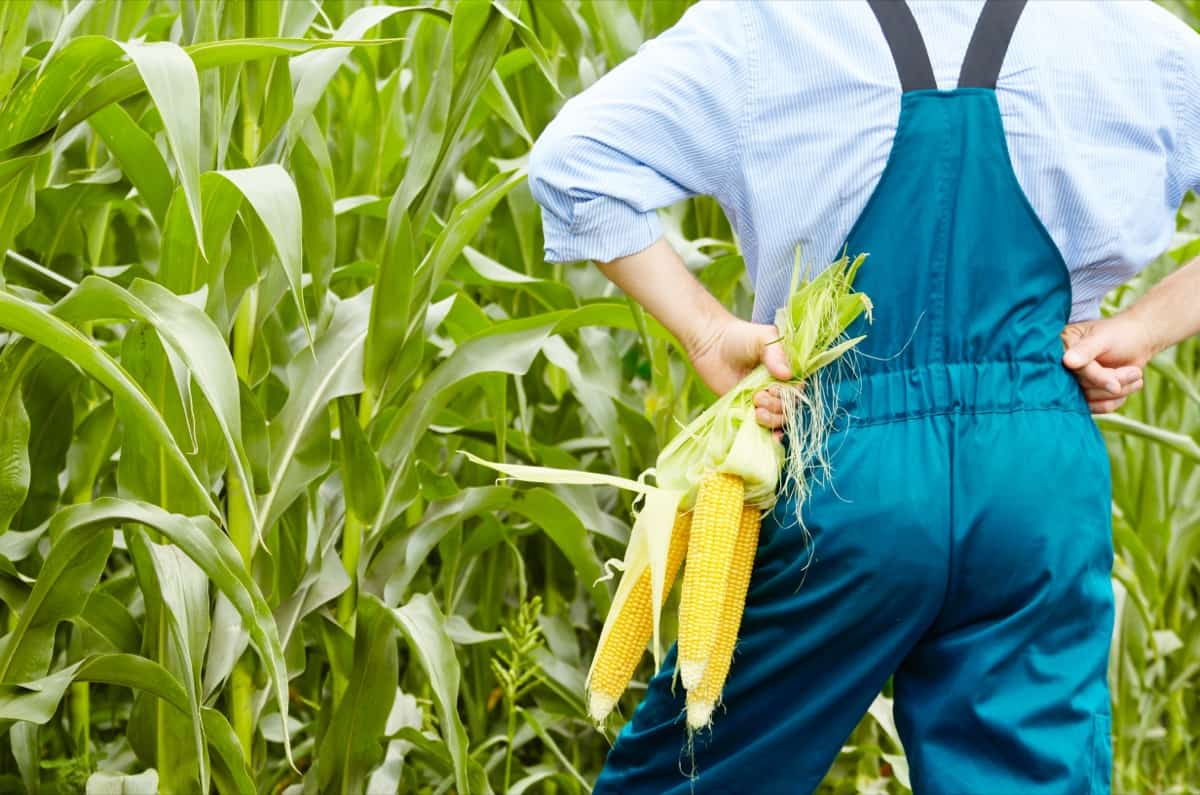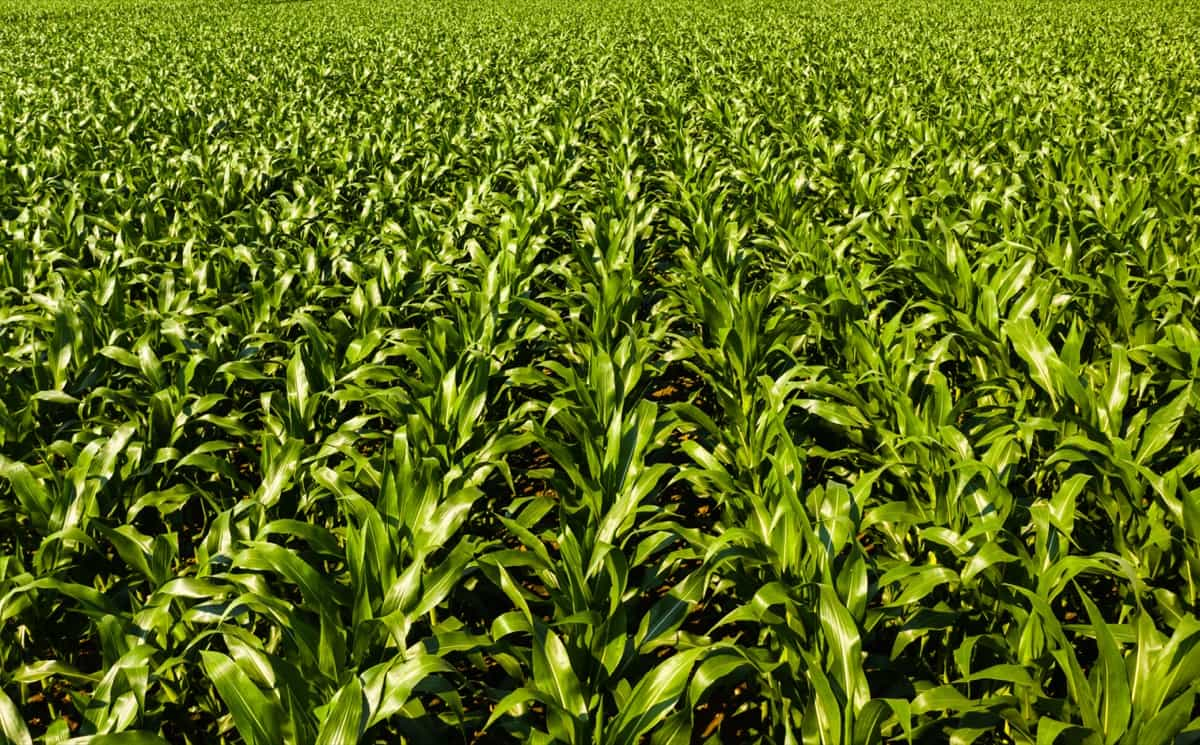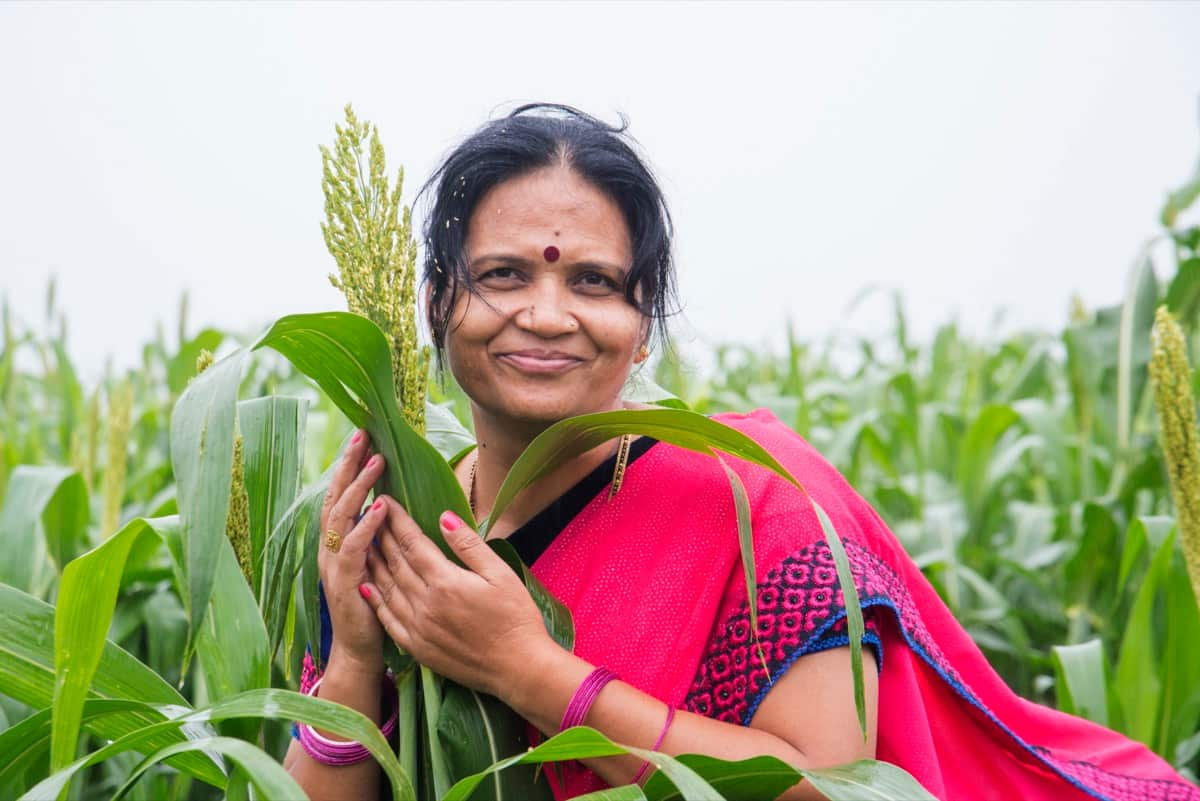The recognition of the growing global population has led to an increasing acknowledgment of the imperative for sustainable food production, specifically within the livestock sector. One of the key solutions to this challenge lies in the field of cereal grass fodder crops.

Among these, maize and Sorghum take center stage due to their high yield, nutritional content, and adaptability to varying climates. This guide will explore these two vital cereal fodder crops, explore their importance, and provide insights into optimal production and management practices, including their nitrogen, phosphorus, and potassium (NPK) requirements.
Guide to Cereal Grass Fodder Crops
The Importance of Cereal Grass Fodder Crops
Cereal grass fodder crops are the backbone of sustainable livestock farming. They offer an affordable and efficient means of providing essential nutrients to livestock while contributing to soil health and carbon isolation. When properly managed, cereal grass fodder crops such as maize and Sorghum can provide high-quality feed with an optimal balance of energy, protein, and fiber, thus ensuring the health and productivity of livestock.
Maize and Sorghum, in particular, are staples in many fodder systems due to their versatility and adaptability. They can be cultivated in various environments, from arid regions to humid tropical climates. This broad geographical adaptability enhances food security, allowing farmers across diverse regions to sustain their livestock.
Cereal Fodder Production and Management
Producing cereal fodder requires a keen understanding of the unique growth requirements of each crop. Optimal yield and nutritional content are contingent on various factors, including soil quality, irrigation, pest and disease management, and, crucially, the application of nutrients as fertilizers. Maize and Sorghum have different growth cycles and nutrient requirements, meaning that the management practices for each crop will vary slightly. Nevertheless, both crops need balanced soil fertility and careful management to optimize growth and nutrient content.
Maize
Maize, or corn, is a warm-season annual widely grown as a grain, silage, and fodder crop. Its high energy content and digestibility make it an ideal feed for dairy and beef cattle, poultry, and swine. To achieve maximum maize production, it is essential to ensure proper drainage and ample organic content in the soil. Maize prefers a slightly acidic to neutral pH range of 5.8 to 7.0. Regarding NPK requirements, maize is a heavy feeder and requires substantial amounts of all three nutrients.
In case you missed it: Integrated Nutrient Management Practices for Maximising the Maize/Corn Yield

An approximate NPK ratio of 1.2:0.4:0.5 is recommended per bushel of grain yield, but specific rates will depend on the soil test results and yield goals. Nitrogen is vital for photosynthesis and the overall growth of maize. A lack of nitrogen can lead to stunted growth and yellowing leaves.
Phosphorus promotes root development and enhances flowering and seed production, while potassium improves water regulation and disease resistance. Applying these nutrients at the right time, typically at planting and side-dress applications during the growing season, is important. Overapplication can lead to nutrient runoff and environmental harm, while under-application can result in nutrient deficiencies and poor crop yield.
Sorghum
Conversely, Sorghum is a robust, drought-tolerant crop that can thrive even in marginal soils with little irrigation. This plant can be cultivated for various purposes like food, animal feed, or as a sweet crop. It contains lots of fiber and a decent amount of protein, which makes it a valuable source of feed, particularly for animals that chew cud. Sorghum thrives in well-drained soils with a pH range between 6.0 and 7.5.
It has an NPK requirement ratio of roughly 1:0.25:1.5 per ton of biomass, although, like maize, exact rates will depend on soil tests and yield goals. Nitrogen is necessary for Sorghum’s vegetative growth and grain production. Insufficient nitrogen may cause pale, yellowish leaves and reduced growth, while excess nitrogen can cause lodging due to rapid growth.
In case you missed it: From Seed to Harvest: How Farmers Plant and Grow Sorghum in Nebraska

Phosphorus is critical for energy transfer and storage in the plant, aiding root development and promoting earlier maturity. Potassium in Sorghum contributes to increased straw strength, enhanced disease resistance, and improved water-use efficiency. Sorghum’s nutrient requirements are typically applied at planting, but additional applications can be made during the growing season based on plant growth and signs of nutrient deficiency. Understanding and correctly implementing these requirements are key to cultivating Sorghum as a fodder crop.
Strategic Integration of Maize and Sorghum in Livestock Systems
Integrating maize and Sorghum into livestock systems strategically can significantly improve the sustainability and resilience of farming operations. Both crops can be grown in rotation, improving soil health, reducing pest and disease pressure, and enhancing fodder yield and quality.
For instance, when conditions are favorable, maize could be grown as a primary fodder crop during the warm, humid season. Following the maize harvest, Sorghum can be sown as a secondary fodder crop during the hotter, drier periods, taking advantage of its drought resistance. This rotation helps to keep the soil covered throughout the year, reducing soil erosion and maintaining soil fertility. It also provides a continuous supply of high-quality fodder for livestock.
Pest and Disease Management in Maize and Sorghum
Pests and diseases can cause significant yield losses in maize and Sorghum, and managing these threats is a vital part of cereal fodder production. Preventive and curative measures are needed to protect crops from these threats, emphasizing integrated pest management (IPM) strategies that reduce reliance on chemical pesticides.
Maize is susceptible to various pests and diseases. Pests like the corn earworm, European corn borer, and rootworm can do a lot of harm. Diseases like corn smut, rust, and blights can also affect maize. Regular field scouting, use of resistant varieties, crop rotation, and timely application of biological or chemical control measures can help manage these threats.
Similarly, Sorghum is also affected by pests like the sorghum midge, aphids, and various borers, as well as diseases like anthracnose, rust, and smut. As with maize, an integrated approach combining preventive and curative measures can effectively manage these threats. It’s also important to remember that healthy crops are more resilient to pests and diseases, so ensuring optimal growing conditions and proper nutrition is also a key part of pest and disease management.
Conclusion
Maize and Sorghum are valuable resources in the quest for sustainable livestock farming. They have proven their worth in various climates and farming systems, and their potential is boundless with proper management. Cereal grass fodder crops solve global food security and environmental sustainability challenges. Therefore, their production and management deserve our utmost attention and continuous research and development efforts.
- Feed Your Flock for Less: Top 10 Tips to Save on Chicken Feed
- Ultimate Guide to Ossabaw Island Hog: Breeding, Raising, Diet, and Care
- Hatching Answers: The Top 10 Reasons Your Chickens Aren’t Laying Eggs
- Eggs and Economics: Breaking Down the Cost of Raising Backyard Chickens
- Defend Your Greens: Proven Methods to Keep Iguanas Out of Your Garden
- Ultimate Guide to Cinnamon Queen Chicken: A Comprehensive Guide for Beginners
- Ultimate Guide to California Tan Chicken: Breeding, Raising, Diet, Egg-Production and Care
- Ultimate Guide to Marsh Daisy Chicken: Breeding, Raising, Diet, and Care
- 10 Types of Chicken Farming Businesses You Can Start for Profits